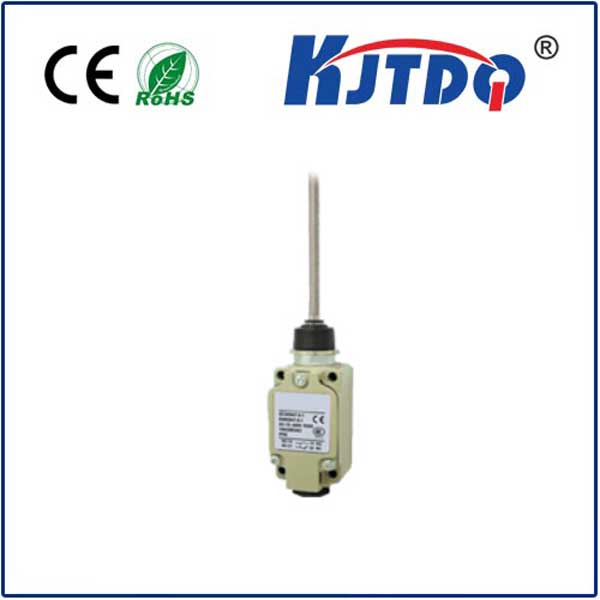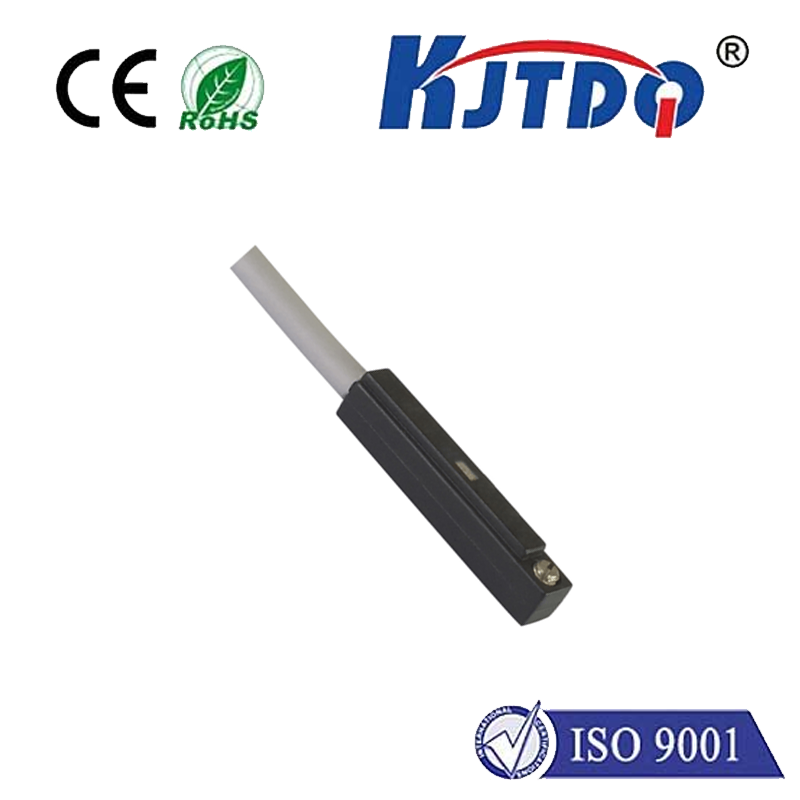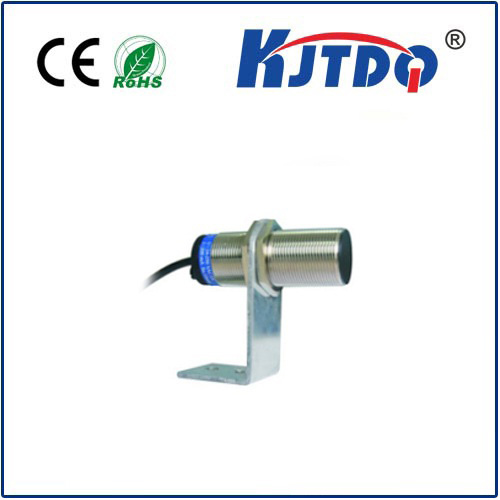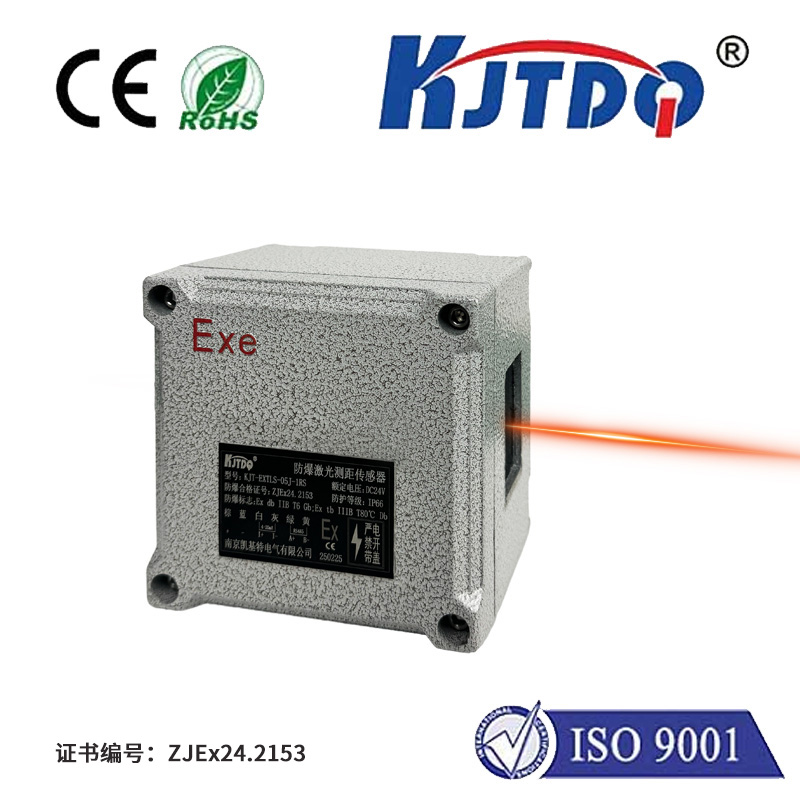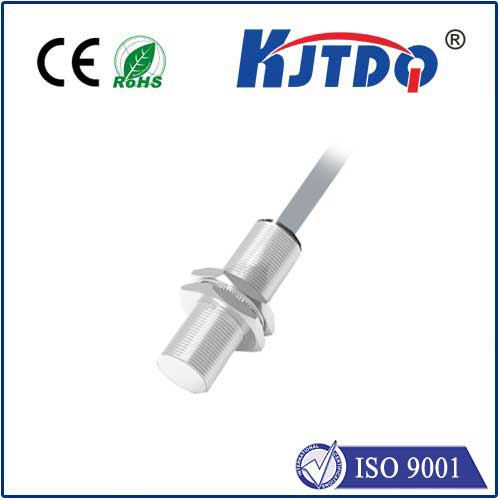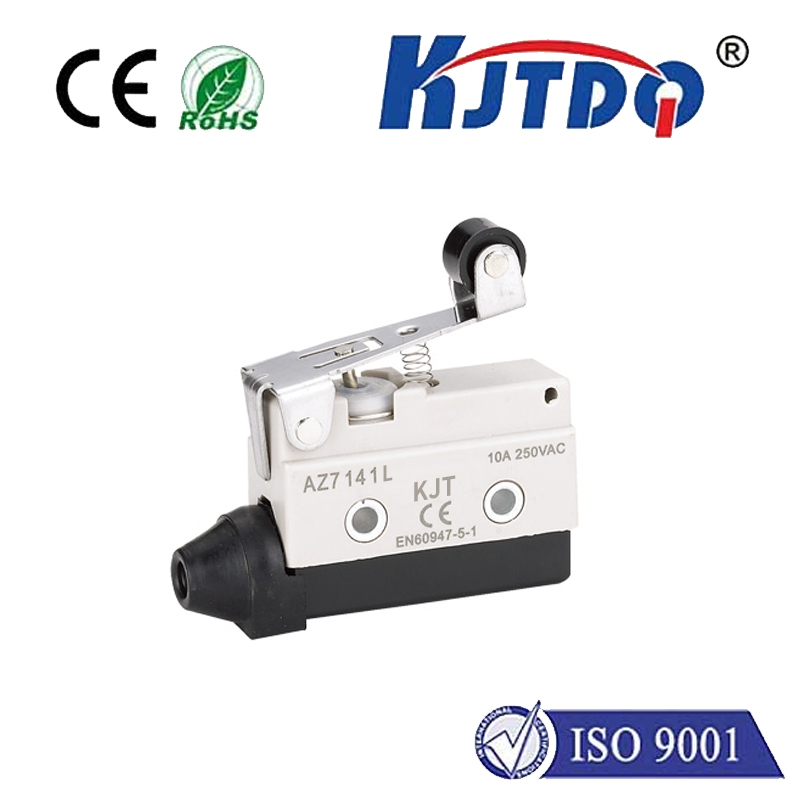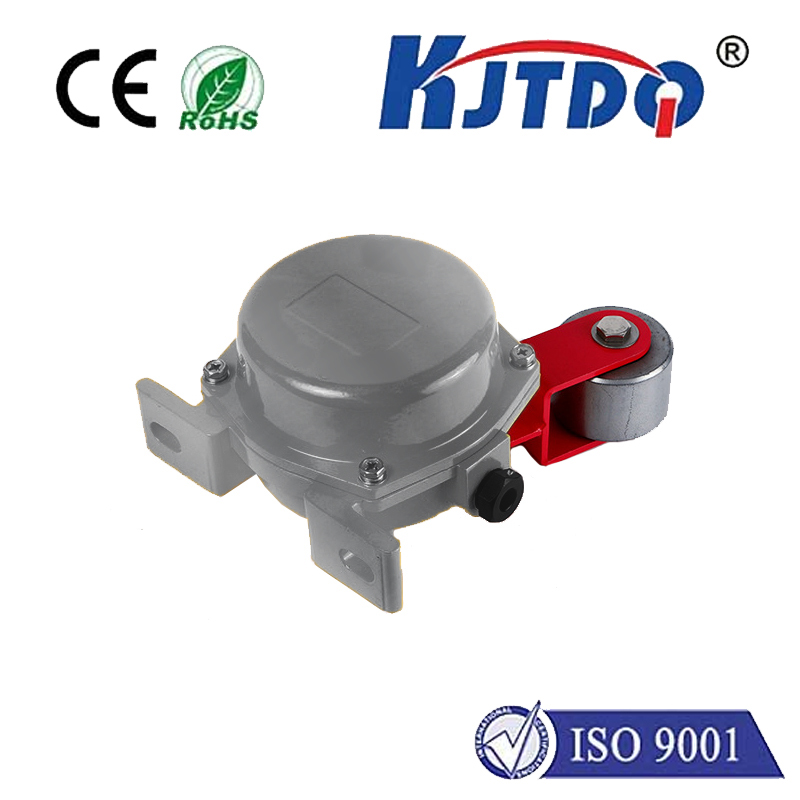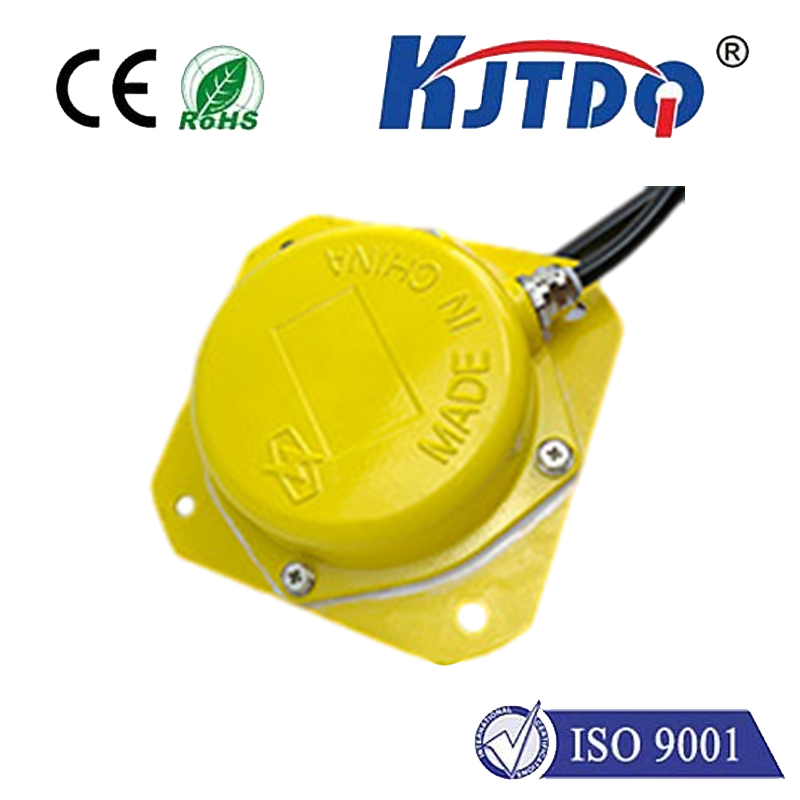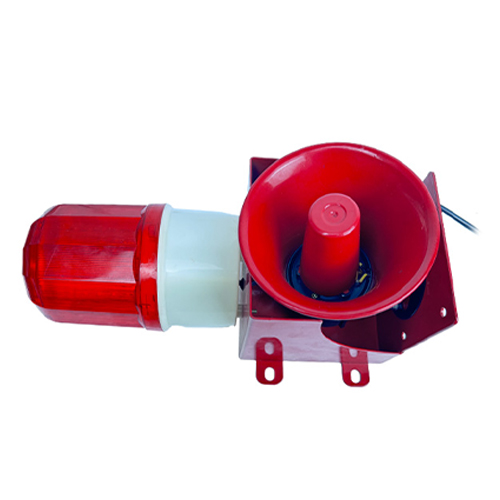displacement sensor
- time:2025-08-19 13:43:45
- Click:0
The Precision Powerhouse: How Displacement Sensors Drive Industrial Accuracy
Imagine a car brake pad being machined a fraction of a millimeter too thick. Or a semiconductor circuit etched with microscopic misalignments. In countless industries, from aerospace manufacturing to medical device production, achieving and maintaining pinpoint accuracy isn’t just desirable, it’s absolutely critical. At the heart of ensuring this precision lies a fundamental technology: the displacement sensor. Often unseen but profoundly impactful, these devices are the silent guardians of quality and efficiency, providing the essential measurements that keep complex processes running flawlessly.
What Exactly is a Displacement Sensor?
In its simplest definition, a displacement sensor is a device designed to measure the change in position or movement of an object relative to a reference point. This movement is typically linear (straight line) or sometimes angular (rotation). Unlike a basic proximity sensor that merely detects presence, a displacement sensor provides quantitative data – the exact distance moved, the precise position achieved, or the magnitude of deflection. This data becomes the vital feedback loop for control systems, ensuring machinery operates within tight tolerances. The core function is position measurement or distance measurement, offering insights far beyond simple detection.
Unlocking the Inner Workings: Measuring Position with Precision

Displacement sensors employ various physical principles to translate minute positional changes into measurable electrical signals. The choice of principle directly influences the sensor’s performance characteristics, such as accuracy, resolution, range, and suitability for different environments. Understanding these underlying technologies is key to selecting the right tool for the job:
- Inductive Sensors: These non-contact sensors rely on electromagnetic induction. When a metallic target approaches the sensor face, it induces eddy currents within the target. This alters the sensor’s electromagnetic field, and the resulting change (usually in oscillation amplitude or frequency) is converted into a precise distance measurement. Highly robust and immune to dust, oil, or water splashes, they excel in demanding industrial settings for measuring metal parts. Their position feedback is valued for reliability.
- Capacitive Sensors: Operating through changes in capacitance, these sensors form one plate of a capacitor, with the target acting as the other plate. As the distance between them changes, the capacitance varies proportionally. This change is detected and converted into a distance output. While they can measure both conductive and non-conductive targets, they are exceptionally sensitive. They offer excellent resolution and are ideal for precise displacement measurement of delicate materials like wafers or thin films, although sensitivity to environmental factors like humidity requires consideration.
- Optical Sensors (Laser Triangulation/Confocal):
- Laser Triangulation: A focused laser beam is projected onto the target surface. The reflected spot is captured by a position-sensitive detector (like a CCD). As the target moves (changing the distance), the position of the laser spot shifts on the detector. Using basic trigonometry, the sensor calculates the displacement. This method provides high resolution and is versatile for various materials and surfaces at moderate speeds.
- Confocal Chromatic: White light is focused through a lens with high chromatic aberration. Different wavelengths focus at different distances. Only the wavelength focused precisely on the target surface is reflected back optimally into the detector. Analyzing this peak wavelength provides a highly accurate position measurement, even on challenging surfaces like glass or liquids.
- Ultrasonic Sensors: These use sound waves beyond human hearing. The sensor emits an ultrasonic pulse and calculates distance based on the time-of-flight (TOF) for the echo to return. While commonly used for proximity and level detection, certain designs can perform distance measurement. They work well on varied surfaces and are less affected by color or transparency compared to optical methods, but offer lower resolution and can be influenced by temperature and pressure variations.
- Magnetostrictive Sensors: Using a physical interaction between magnetic fields and magnetostrictive materials, they determine the position of a movable magnet along a waveguide tube. When an electrical pulse is sent down the waveguide, it creates a torsional strain wave upon encountering the magnet’s field. The time between pulse initiation and strain wave detection pinpoints the magnet’s location with high precision and repeatability. Ideal for hydraulic cylinder position feedback or long-stroke linear displacement measurement.
Choosing the Champion: Key Factors for Sensor Selection
Selecting the optimal displacement sensor isn’t a one-size-fits-all proposition. The application dictates the requirements. Critical considerations include:
- Measurement Range: How far does the object need to move? (Micrometers to meters)
- Accuracy and Resolution: How precise does the measurement need to be? Accuracy is closeness to the true value, resolution is the smallest detectable change.
- Target Material and Surface: Metal, plastic, glass, liquid? Shiny, dark, transparent? This heavily influences the choice between inductive, capacitive, or optical methods.
- Operating Environment: Exposure to dust, moisture, oils, chemicals, extreme temperatures, or strong electromagnetic fields? Inductive sensors are highly resistant.
- Required Response Time/Speed: How fast is the object moving? Laser triangulation and capacitive sensors offer high speed.
- Non-Contact vs. Contact: Does the sensor physically touch the target? Non-contact sensors avoid wear, friction, and loading effects.
- Output Signal: Analog (e.g., 4-20mA, 0-10V) or digital (e.g., IO-Link, SSI, CANopen)? Digital outputs offer enhanced diagnostics and easier integration.
Where Precision Matters: Ubiquitous Applications
The versatility of displacement sensors ensures their presence across almost every manufacturing sector and many research domains:
- Quality Control & Metrology: Measuring thickness, flatness, warpage, runout (e.g., brake discs, bearings), verifying part dimensions and tolerances. Essential for Six Sigma and lean manufacturing.
- Position Feedback: Precisely controlling the location of CNC machine axes, robotic arms, print heads, pick-and-place systems, and automated guided vehicles (AGVs).
- Vibration Monitoring: Detecting oscillation amplitudes and frequencies on machinery to predict maintenance needs and prevent failures (predictive maintenance).
- Deflection & Strain Analysis: Measuring small deformations under load in structural testing, material science research, and component validation.
- Alignment: Ensuring precise alignment of rollers, shafts, optical components, and assembly lines.
- Semiconductor & Electronics: Ultra-precise wafer positioning, lithography, component placement, wire bonding control. Demands nanometer-level resolution.
- Automotive: Engine component testing (e.g., valve lift), suspension travel measurement, brake pedal position sensing, body-in-white dimensional verification.
- Aerospace: Vibration monitoring on engines and structures, landing gear position, control surface feedback, component testing.
The Indispensable Engine of Precision
From automating delicate assembly tasks to guaranteeing the structural integrity of massive components, displacement sensors are the fundamental technology enabling modern precision engineering. They provide the critical data point – position – upon which control systems rely to ensure processes run smoothly, products meet specifications, and machinery operates reliably. Understanding the principles behind inductive, capacitive, optical, ultrasonic, and magnetostrictive technologies, along with careful consideration of application requirements, empowers engineers to select the perfect sensor. In an era defined by miniaturization and escalating quality demands, these sensors remain the indispensable engine driving accuracy, efficiency, and innovation across the global industrial landscape. Their role in distance measurement and position feedback is simply irreplaceable.












